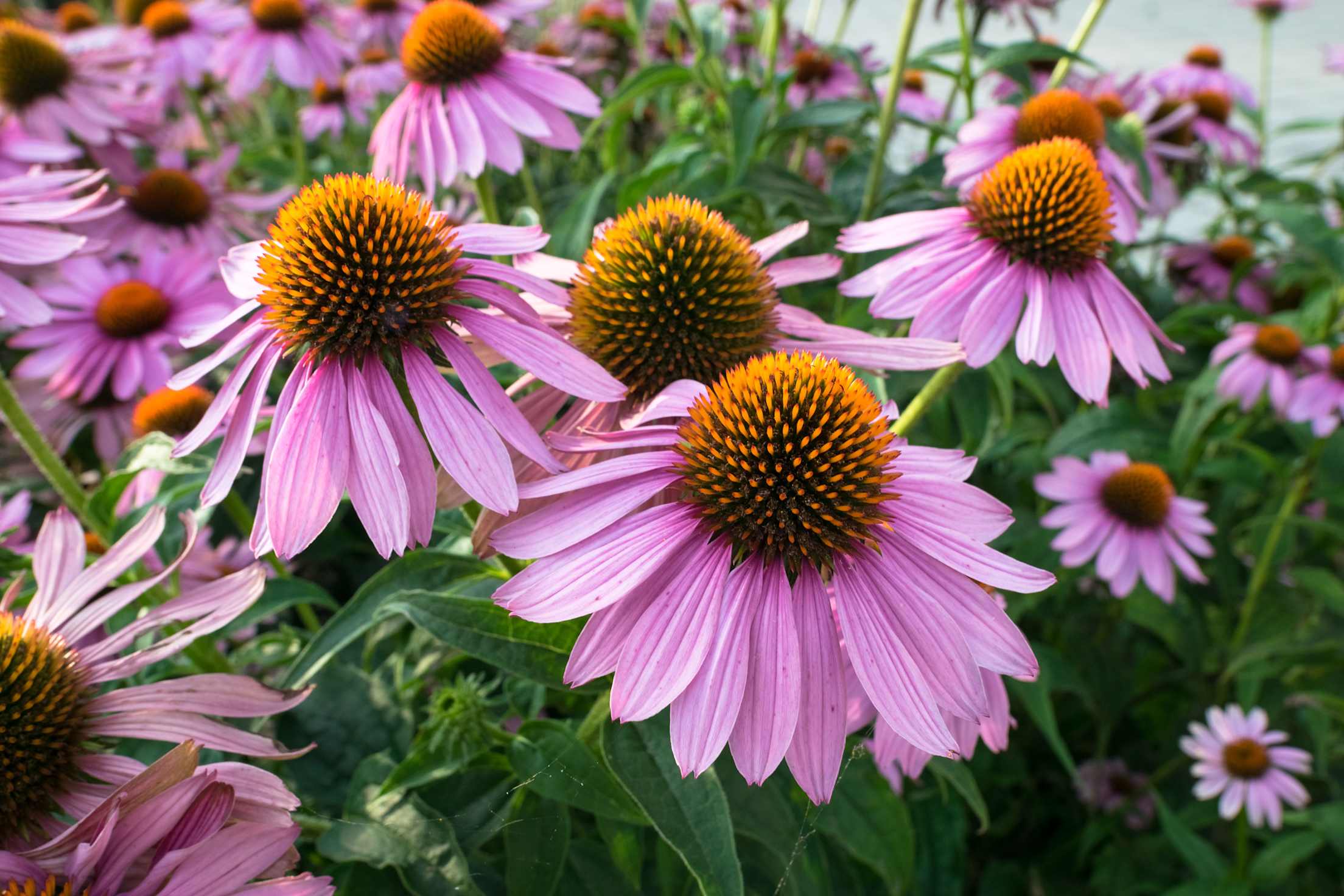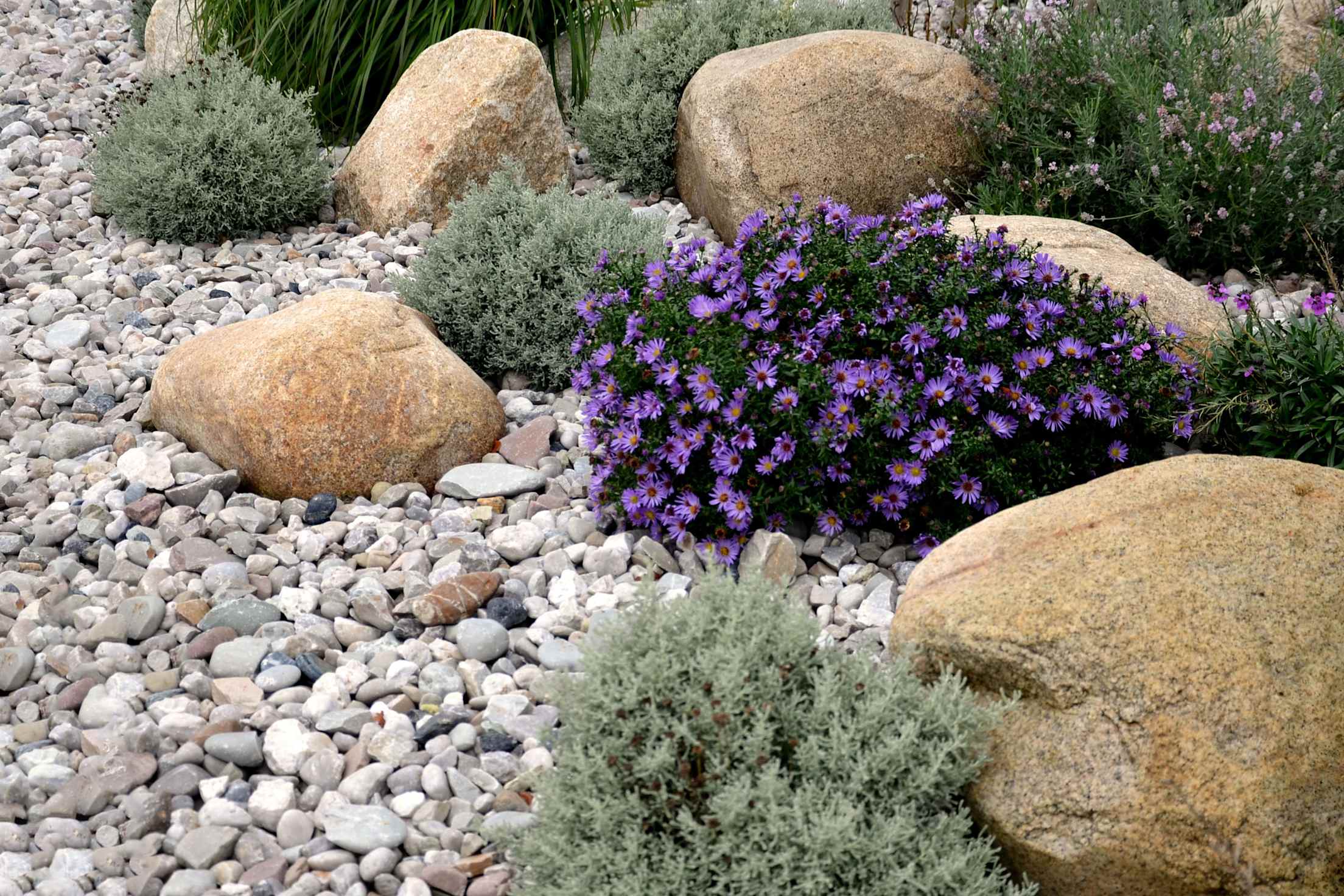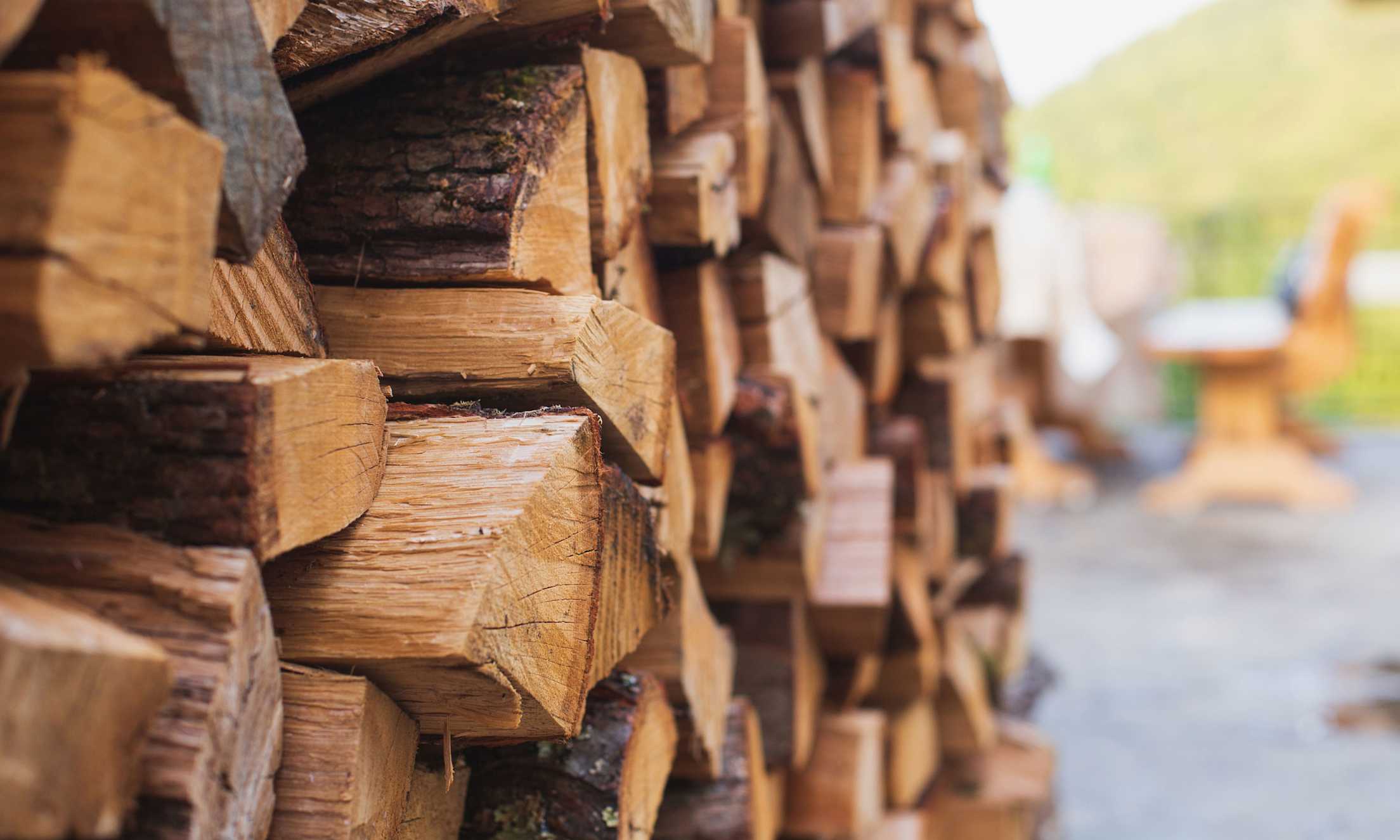
How to Make Your Yard More Fire Resistant
Landscape wisely to reduce the risk of wildfires.

Whether you live in the suburbs, a wildland urban interface area, or miles from the nearest town, it’s important to make your yard more resistant to fire in addition to preparing yourself and your home for a potential wildfire.
Follow these steps to harden your landscape and choose fire-resistant plants to help prevent embers and small flames from igniting your home.
1. Create a defensible space.
Defensible space is crucial to help your home survive a wildfire, and in many jurisdictions throughout the West, it’s required by city or state fire codes. “Defensible space is a necessary zone that separates your property from any flammable plants around, including shrubs, trees, and grass,” says Bryan McKenzie, a landscape designer and gardening expert. “A defensible space can protect your property from a wildfire if it reaches your yard.” This space acts as a buffer to protect your property not only from direct fire, but also from embers and radiant heat.
In addition to helping slow the spread of fire, defensible space also makes it more convenient for firefighters to battle approaching flames, offering them a secure spot in your yard.
To form defensible space around your home, you will create three zones:
- Zone 0 extends 5 feet from buildings, decks, and other structures. According to Cal Fire, in this zone you should use only noncombustible hardscape materials such as concrete, gravel, and pavers as mulch materials. Remove all dead and dying grass, weeds, plants, and shrubs, and limit combustible items on top of decks, including furniture and planters.
- Zone 1 extends 30 feet from buildings, decks, and other structures. As in Zone 0, remove all dead plants, weeds, and vegetation. Remove fallen leaves and pine needles, and trim tree branches so they are at least six feet off the ground and 10 feet away from structures and other trees.
- Zone 2 extends 30 to 100 feet from buildings, decks, and other structures. In this zone, cut or mow annual grass to about four inches. Create horizontal space between shrubs and trees to prevent fire from spreading should one ignite: Cal Fire’s graphics can help you determine how much space is necessary depending on the slope of your yard.
2. Remove flammable plants from your yard.
Some plants are more likely to catch fire than others. Any plants that naturally contain resins, oils, or waxes are the most prone to fire and should be removed from close proximity to structures, according to Andrew Rable, manager of forestry and fire mitigation at Arizona Public Service Co.
All conifers and most ornamental grasses are also highly flammable and should not be grown within 30 feet of any structures, especially in regions prone to wildfires. McKenzie also advises that homeowners remove cypress, arborvitae, rosemary, eucalyptus, and ornamental juniper from Zones 0 and 1.

3. Plant drought-tolerant, fire-resistant plants.
Having a fire-resistant yard doesn’t mean you have to sacrifice your home’s outdoor aesthetic. While any plant will burn under the right conditions, some plants resist fire better than others. Look for plants that have high moisture content in their leaves, deciduous trees, and slow-growing plants.
California Drought-Tolerant, Fire-Resistant Plants, Shrubs, and Trees
- aspen
- cherry
- coneflower
- coralbells
- crabapple
- fescue
- honeylocust
- honeysuckle
- maple
- oceanspray
- poppy
- raspberry
- rose shrubs
- stonecrop
- yarrow
- yucca
Arizona and Nevada Drought-Tolerant, Fire-Resistant Plants, Shrubs, and Trees
- angelita daisy (heat resistant only)
- cercidium microphyllum
- Dalea
- desert willow
- evening primrose
- Muhlenbergia
- Texas ebony
4. Reconsider mulch.
“In every single major fire, we see wood chips in gardens ignite,” Todd Lando, wildfire and hazard mitigation specialist for the Central Marin Fire Department told the San Francisco Chronicle in 2020.
Although mulch has multiple benefits for gardens, including reducing water needs and keeping roots cool, “it should be avoided in hot regions as dry mulch can quickly ignite from any accidental spark,” says landscaper McKenzie. “If the layer of the mulch is too thick, it can build up heat and start burning from the inside.”
Non organic mulch alternatives such as crushed stone and gravel work best in close proximity to structures.

5. Be prudent in your use of yard debris.
The presence of leaves, bark, needles, cones, and small branches that form a plant litter layer are beneficial to nutrient cycling and soil fertility. However, “an organic layer of material should not be within 30 feet of any structures,” says Rable from APS.
6. Prune your trees.
Properly trimming trees is important to create a fire-resistant yard, improving defensible space and reducing fire impacts. Rable advises these measures:
- Eliminate branches that hang over a roof.
- Remove any dead limbs within 10 feet of a chimney.
- Eliminate ladder fuels (lower-level live or dead vegetation, such as grass or shrubs, that allow a fire to climb up from the ground to taller vegetation like trees).
- Keep branches a minimum of 10 feet from other trees.

7. Store firewood at a safe distance.
Firewood should never be stored near your home or any other structure. Instead, it should be kept at least 30 feet from structures and should be surrounded by a minimum of 10 feet of bare soil in all directions. Properly storing wood or lumber in Zone 2 will also protect your home from rodents and common wood pests such as termites, according to McKenzie.